Ur-Turn: Das Beste…Wirklich
At age 64, I have been driving legally for 48 years. I have bought and sold many, many cars. Some were good, some were not, some were meh!
So a question emerges, what was the best car of them all?
As of November, 2013 I would have said, my last daily driver. A 2006 Mercedes-Benz W211, otherwise known as an E 350. I bought it off-lease exactly five years before. It had 42,000 miles when I bought it, and 87,000 at the end.
No car is perfect, of course, but as the years went by, I developed a surprising affection for what I called “my German taxi with plastic seats.” Previous rides that I had “holstered,” in Farago-speak, included BMW 540i, Acura TL, and Lexus IS 250. And the Benz was really reliable. Lexus reliable. It never failed to start or left me stranded by the roadside. It was serviced annually at the local dealer at fees ranging from $400 to $1,000.
The 2 major flaws I experienced were with a jammed sunroof and a failure of the electric trunklid closer. The sunroof problem the dealer estimated could cost as much as $1,000. Fortunately, a friend is very knowledgeable about this problem. When the roof is opened, a front wind deflector pops up, powered by 2 simple flat metal springs. These springs are held in place by (what else?) 2 plastic brackets. It is a horrible design. Even the mechanically illiterate would look at the bracket and declare it inadequate. And this design is found on many, many modern Mercedes. The brackets break, and the broken pieces end up jamming the roof track. New brackets are like $11.00 a pop, easy to install, and the track was easy to clean and lubricate. So I dodged a bullet on that one. The trunk closer fault was diagnosed to be a short in the rear electrical harness and the dealer replaced it for around $800. Not too bad for 45,000 miles of very pleasant motoring.
The car has many pluses. I have always thought that Mercedes-Benz, of all the imports, offer the best combination of ride and handling. They are designed to excel at autobahn speeds and they have amazing road sense. I have owned quite a few Mercedes before and this is a very common characteristic. The other strong point is the overall packaging of people and cargo. Lots of room, front and rear, and a huge trunk. The seats, front and rear were also very comfortable. The paint work was the finest I have ever seen. The Harman-Kardon stereo was also superb.
The main flaws were high levels of road texture noise, as bad as any I have ever experienced. And a way too “flexy” body structure. Over really bad bumps, all 4 doors rattled. That never used to happen on a Benz. Other W211s (and the replacement W212s) I have ridden in exhibited the same symptoms.
So, as I was saying, I liked the car. But five years is a long time and it was time for a change. I live in sunny Palm Springs, and had recently installed solar power on my house. I decided that my next car would be a plug-in hybrid. I’ll write about that selection process soon. So I put my immaculate Mercedes on Craiglist and Cars.com and soon had several interested buyers. During a test drive, one of the prospects said they could smell gas fumes outside of the car. I had it checked out, and sure enough, my car had developed a leak in the fuel tank. On a Mercedes, the fuel tank is beneath the rear seat cushion. The tank itself was sound, the leak was in the large plastic canister above the tank which included the fuel pump and sending unit. Here comes the good part. You cannot replace just the canister. It only comes as a unit with the tank.
What’s even worse is that this is a known flaw on the W211 series (and probably others.) My local dealer even had them in stock (for an 8 year old car), that’s how often they fail. So here’s your introduction to owning an older, out-of-warranty Mercedes (or any other German car). The fuel tank lists at $1,900 and another $600 for installation. Is this acceptable? “The best or nothing.”?
So the question I propose to you, the best and the brightest, is: does any automaker today design cars to really last?
More by Will Bodine
Latest Car Reviews
Read moreLatest Product Reviews
Read moreRecent Comments
- Buickman I was called crazy after predicting the sale of GMAC.#canthurtme
- 3-On-The-Tree Another observation during my time as a firefighter EMT was that seatbelts and helmets do save lives and reduce injury. And its always the other person getting hurt.
- 3-On-The-Tree Jeff, Matt Posky, When my bike came out in 1999 it was the fastest production motorcycle in the world, 150 HP 197 top speed, 9.57 quarter mile Hayabusa peregrine falcon etc. This led to controversy and calls for high-speed motorcycles to be banned in order to avoid increasingly fast bikes from driving on public roads. This led to a mutual decision nicknamed the “ gentleman’s agreement” to limit bikes to 186mph, ending the production bike speed contest for all bikes 2000 and upward. Honestly once your over a buck 20 it’s all a blur. Most super cars can do over or close to 200mpg, I know at least on paper my 09 C6 corvette LS3 tops out at 190mph.
- 3-On-The-Tree In my life before the military I was a firefighter EMT and for the majority of the car accidents that we responded to ALCOHOL and drugs was the main factor. All the suggested limitations from everyone above don’t matter if there is a drunken/high fool behind the wheel. Again personal responsibility.
- Wjtinfwb NONE. Vehicle tech is not the issue. What is the issue is we give a drivers license to any moron who can fog a mirror. Then don't even enforce that requirement or the requirement to have auto insurance is you have a car. The only tech I could get behind is to override the lighting controls so that headlights and taillights automatically come on at dusk and in sync with wipers. I see way too many cars after dark without headlights, likely due to the automatic control being overridden and turned to "Off". The current trend of digital or electro-luminescent dashboards exacerbates this as the dash is illuminated, fooling a driver into thinking the headlights are on.



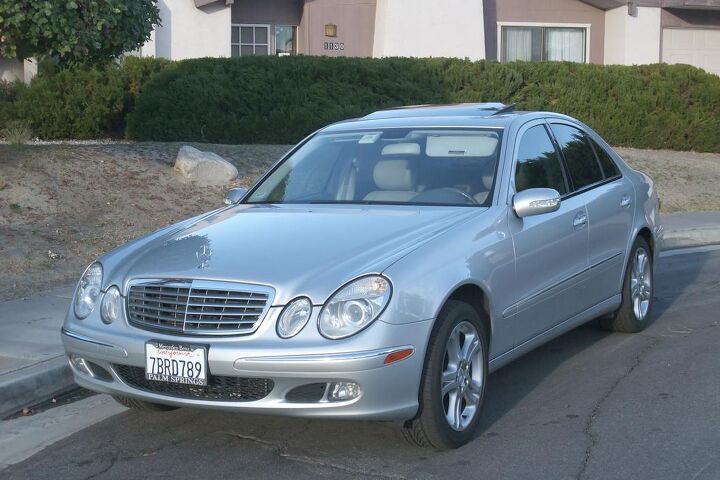














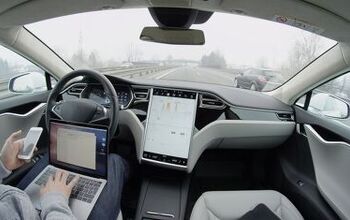
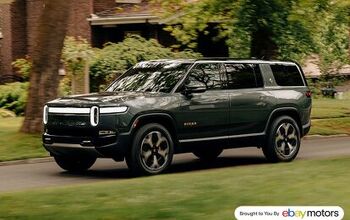

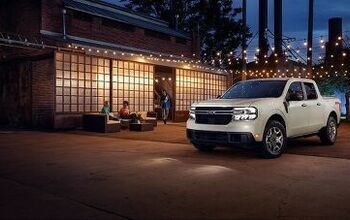
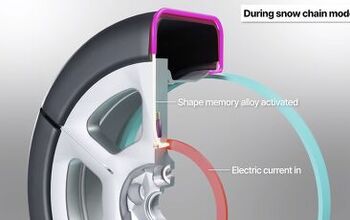
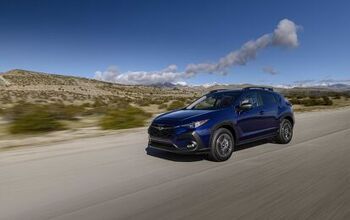
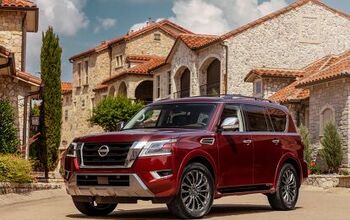

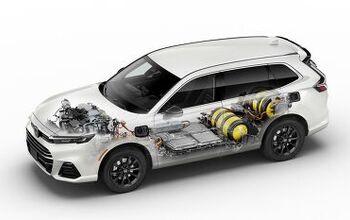
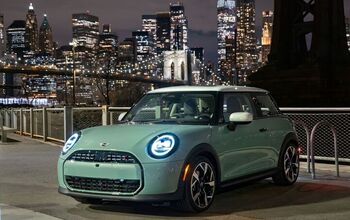


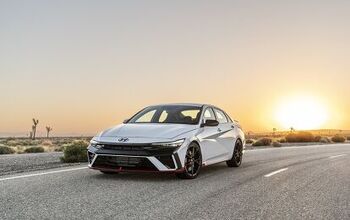
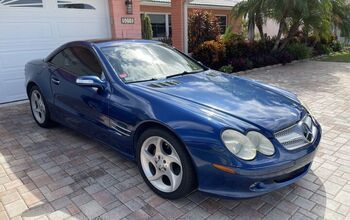

Comments
Join the conversation
My '04 Accent is right around 100k miles, about 60k of which my wife and I have done since she bought it 4 years ago. In that time, outside of consumables (I'm hard on the brakes), we've replaced the washer fluid pump and the coil (so, figure equivalent to one monthly payment on a new Accent). It's an utterly miserable car, but I think it'll keep lasting out of spite.
If you're looking for a manufacturer whose cars are all reliable, you're asking the wrong question. In this day and age, no manufacturer builds enough pieces of their own cars to be reliable as a unit, I don't think. Even the best companies can have bad models -- for any marque that isn't Lexus, the difference between models is probably going to be as much as the difference between marques. My logic would be as follows: 1) Buy at the end of the run. Design problems tend to get fixed over time, suppliers get replaced, etc. 2) Buy something simple. The fewer options it has, the simpler its design philosophy, the likelier it is to last. 3) Buy something common. The more there are of a given model, the more likely its design problems are to be known -- and the less it will cost to fix what inevitably does go wrong.